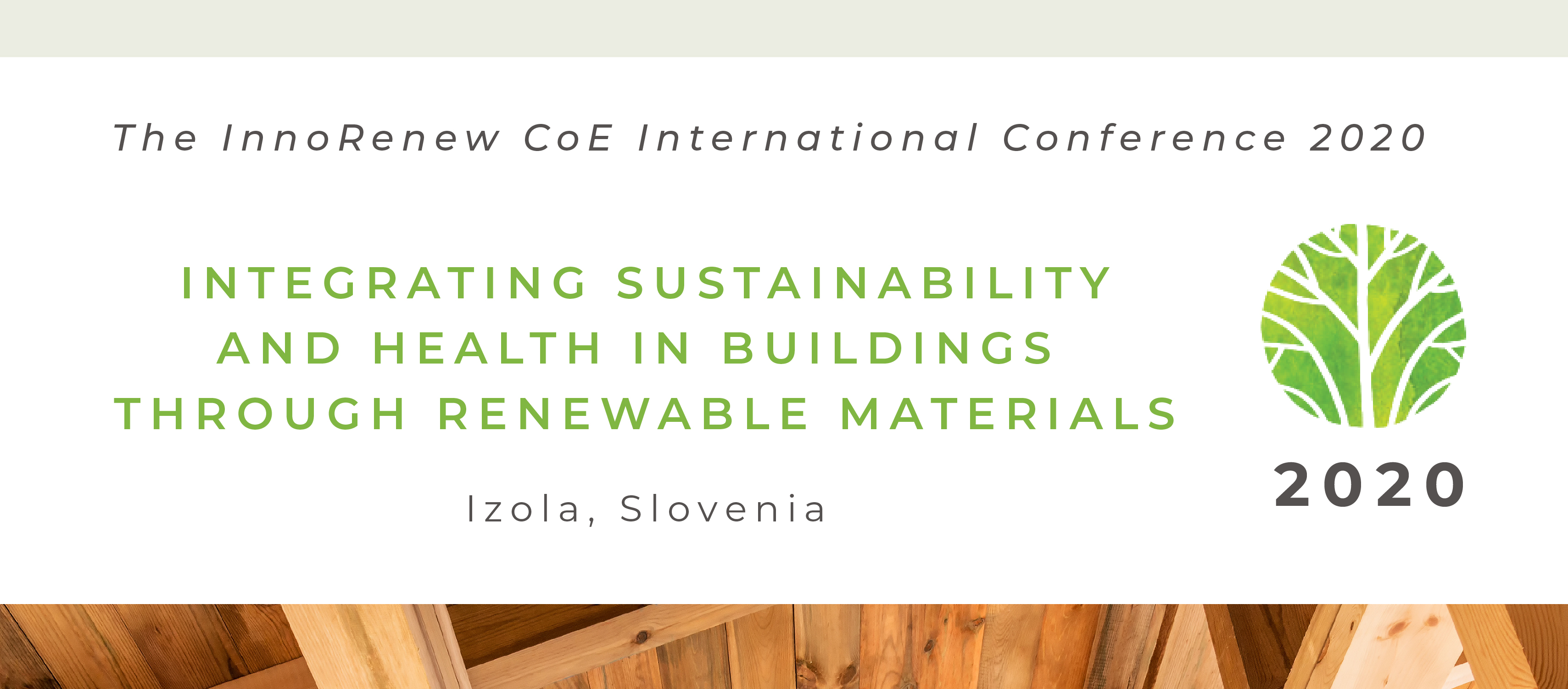Speaker
Description
Plants evolved during 460 million years to a constantly changing environment and became well adapted to different climatic conditions (Koch and Barthlott, 2009). Due to their immobility as individuals, plants are an excellent biological material for detecting climate phenomena. Living organisms use smart, optimized and elegant solutions to survive, thanks to continuous selection and mutation processes. Consequently, plants developed tissue with barrier properties while they faced a number of existence challenges (water loss, extreme temperatures, UV radiation, etc.).
Systems found in nature are a valuable source of inspiration for several applications. Scientists and researchers from different fields (structural engineering, robotics, medicine, materials science) use the concepts of biomimicking and bioinspiration. In the last years, the possibility to benefit from solutions developed by nature also became more interesting for sustainable architecture. Comprehensive analysis and evaluation of plants’ adaptation strategies (both static strategies and dynamic mechanisms) to their environment in different climate zones is indispensable to transfer concepts from biology to architecture. Consequently, specific adaptation solutions might be implemented in new materials that will be used for building envelopes erected in the same climatic zones. Integrating length scales and mixing biological, chemical and physical concepts for tailoring materials properties during preparation should allow better designing of future smart materials. The optimization process should lead to development of active biomaterials performing as interfaces between outdoor conditions and internal comfort; they should be able to regulate humidity, temperature, CO2 and light as well as capture and filter pollutants and be self-assembling, self-cleaning, grafting and self-healing. This contribution provides several examples representing plants’ adaptation to various environments that are analysed and presented with the scope to inspire future researchers to implement them into building materials.
Keywords: biomimicking, bioinspiration, climate adaptations, building façades
Acknowledgements: The authors gratefully acknowledge the European Commission for funding the InnoRenew project (grant agreement #739574 under the Horizon2020 Widespread-Teaming program) and the Republic of Slovenia (investment funding of the Republic of Slovenia and the European Union European Regional Development Fund). Part of this work was conducted during project Archi-BIO (BI/US-20-054) funded by ARRS.
REFERENCES
Koch, E., Barthlott, W., 2009. Superhydrophobic and superhydrophilic plant surfaces: an inspiration for biomimetic materials. Phil. Trans. R. Soc. A 367, 1487–1509. https://doi.org/10.1098/rsta.2009.0022
| Consider my submission for a full-paper in the IPBE special edition for the conference? | Yes, please. |
|---|

